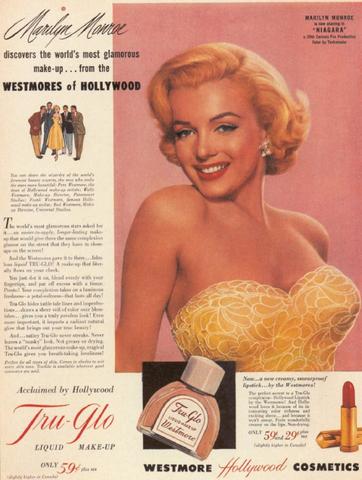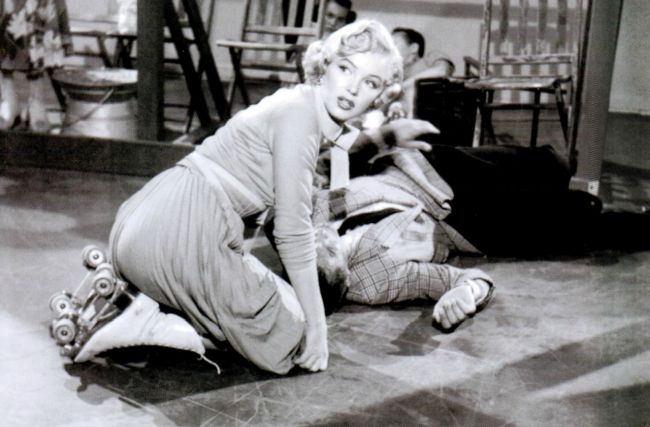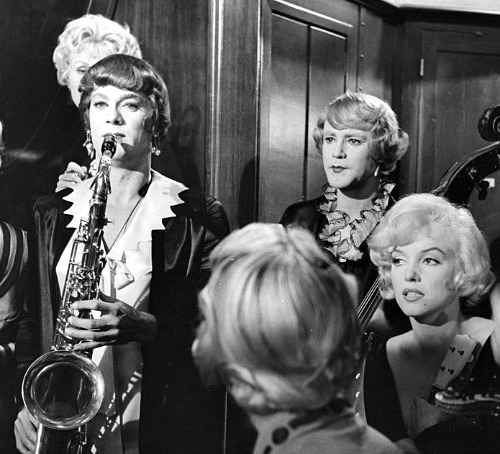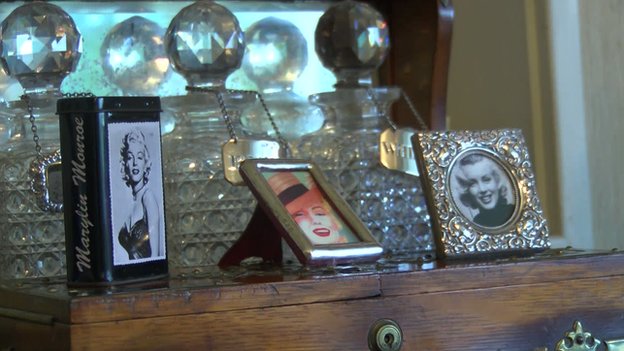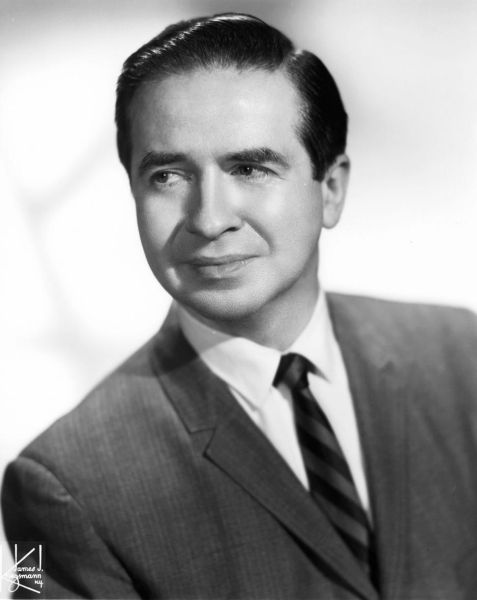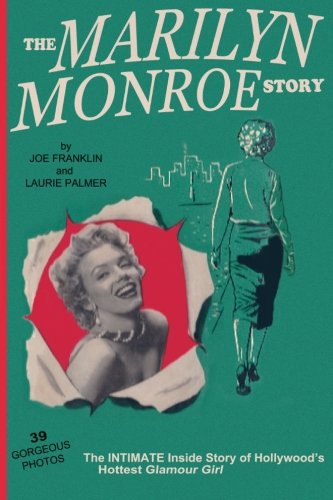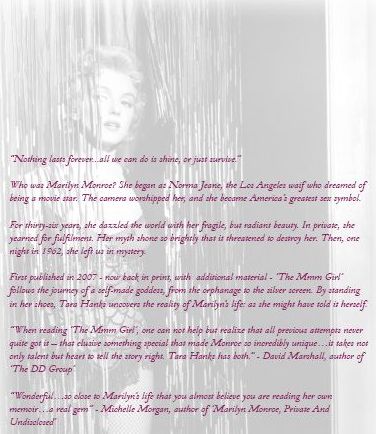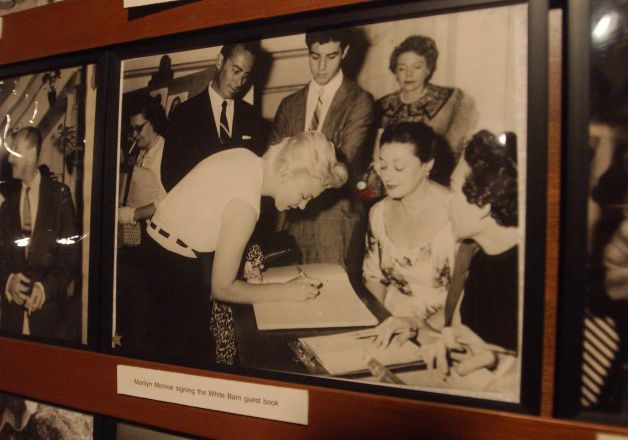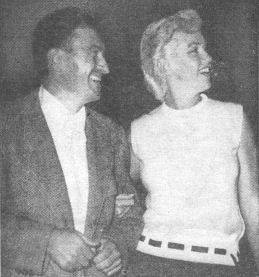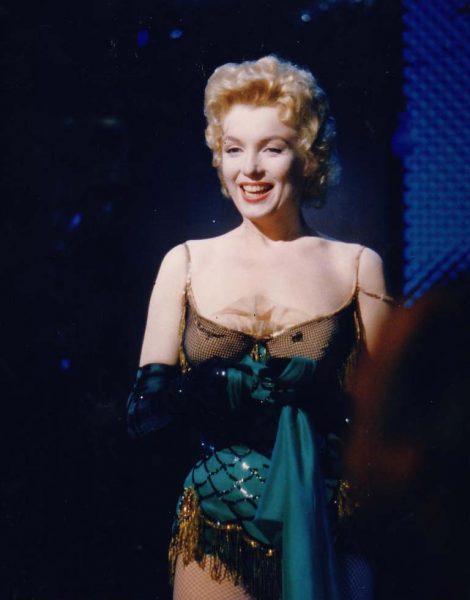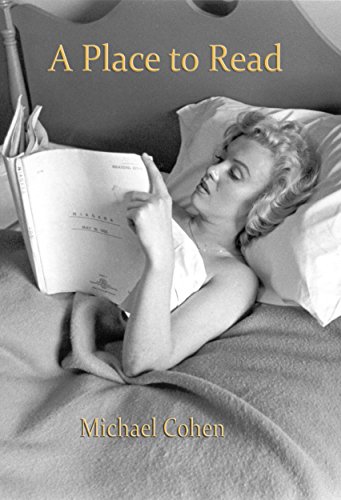
Photographs of Marilyn reading are quite common, and author Michael Cohen has chosen this picture – taken by Jock Carroll, while Marilyn was lying in bed and reading her script for Niagara in her hotel suite during the summer of 1952 – for the cover of A Place to Read: Life and Books, a recently-published collection of essays. The title essay includes a short passage about the photo:
“The photo might be a modern version of the subject of the woman reading: like Fragonard’s young lady reading she lies propped on pillows; like the readers of John Sloan, Giovanni Boldini, and Robert Delaunay, she has no clothes on (though discreetly covered by sheet and blanket). In all such scenes a woman is taken out of her surroundings, is oblivious of them, no longer in a physical place but projected into a place of the imagination, a story space. As reader she enters the text, and its adventures are happening to her. But here the movement from the place of reading into the reading is even more pronounced: Marilyn Monroe projects herself into a text written to invite her. She is thinking about how she will be the character in the story. As she reads the hotel room recedes, with its harsh light, rough blanket, and intrusive photographer. She will not only enter the story in imagination but will enter physically into another level of the story, into a dramatic realisation of it, and she is thinking both about how the story appeals but also about how she will play it.”
You can learn more about Jock Carroll’s photos of MM in his 1996 book, Falling For Marilyn: The Lost Niagara Collection.

